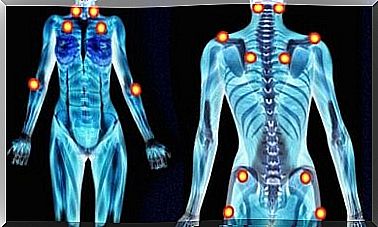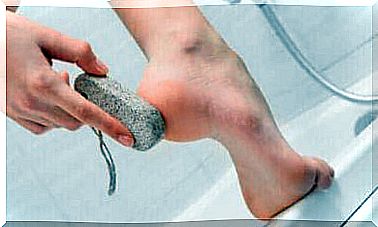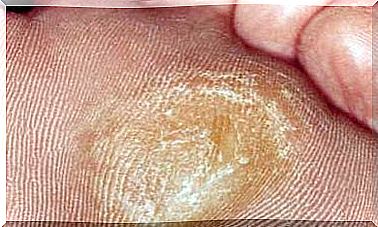The ABCDE Skin Cancer Test, What Does It Mean?
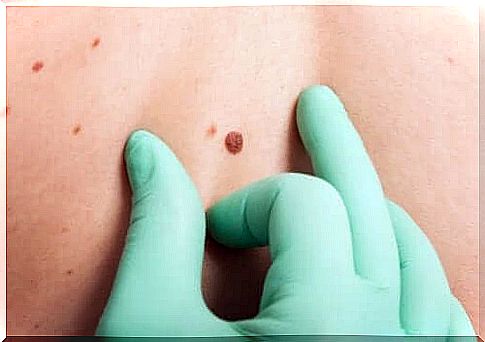
The ABCDE test for skin cancer is a technique used by dermatologists to analyze moles and skin abnormalities that could cause cancer.
According to a study by the National Cancer Institute in the United States, skin cancer is the third most common form of cancer. The same study indicates that this disease mainly affects people with fair skin. The institute also says that direct ultraviolet radiation is responsible for it in more than 90% of cases.
That said, preventive habits such as self-monitoring and annual checkups play a very important role in the fight against this type of cancer. The study also indicates that 90% of early skin cancer cases can be cured.
The ABCDE test is therefore an important diagnostic tool. The following words are used for the different steps of this test:
- A symmetry (asymmetrical)
- B order (limit)
- C olor (color)
- D iameter (diameter)
- E volution (evolution)
This system allows doctors to distinguish moles from harmless ones and try to prevent what is one of the most aggressive and dangerous types of skin cancer: melanoma.
The ABCDE test for skin cancer: what to look for in a mole?
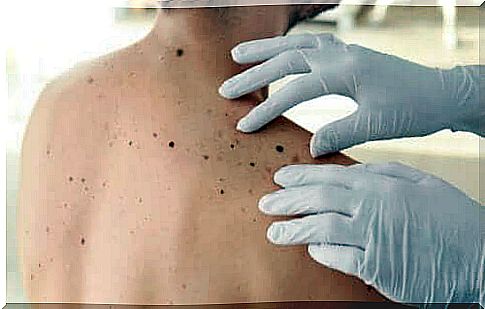
Certain moles are more likely to become cancerous than others. This can happen to those moles you’ve always had as well as newly formed moles. However, the latter are more likely to develop melanoma.
If you don’t know whether a mole is benign or maybe cancerous, you can get an idea by learning the ABCDE test. We will explain below what this test entails.
A for Asymmetry (asymmetric)
The first letter tells us to look at the shape of the moles.
- Those that are harmless are usually round and symmetrical. That is, if you could fold them in half, both halves would overlap.
- In contrast, melanomas are often asymmetrical and have no specific shape.
B for Border (boundary)
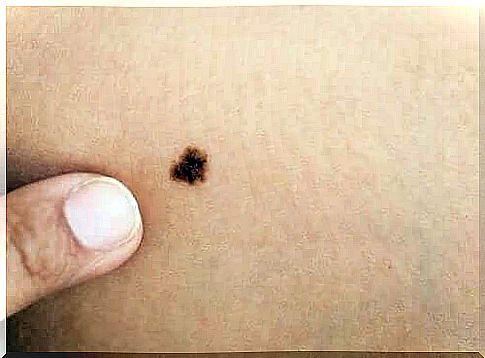
The second thing to look out for is how regular the edges of a mole are. This characteristic can be another clue to know whether it is melanoma.
If the edges of a mole are irregular or have jagged, sharp, wavy, ill-defined boundaries, the mole is most likely cancerous.
C for Color
Harmless moles show the same shade in their pigmented area. However, if you find a spot with a variety of colors from one area to another (brown or black, sometimes even white, red, or bluish), then there’s a good chance it’s melanoma.
D for Diameter
Another thing to consider is the size of the mole. If the diameter (the distance from one end of the mole to the other) is about half an inch or more, the mole may be melanoma. Benign or harmless moles are usually small.
A good measuring tool for measuring moles are the erasers on the ends of pencils. These erasers are usually about half an inch, so this will give you a good idea.
E for Evolution
Finally, the evolution of a mole must be looked at. If it shows progressive changes in color and size or if it has other spots around it, then this is a clear sign that it may be melanoma.
ABCDE test for skin cancer: conclusion
You can do this quick test yourself, but always in addition to your annual skin check, to avoid any type of problem. If you find an abnormality, do not hesitate to consult your doctor immediately. Then don’t wait for your annual check-up!
In addition to the ABCDE test for skin cancer and to know if there is a serious health risk, there are other changes in the spots or moles that can be the beginning of melanoma. A few examples of these changes are:
- swelling
- itch
- bleed
Skin Cancer Prevention

The most important preventive measure is to avoid exposure to the sun and artificial sources of UVA rays. It is necessary to emphasize the importance of avoiding tanning beds and using an appropriate amount of sunscreen every day.
Here are some steps you should take to help prevent skin cancer:
- Do not expose yourself to the sun without protection. Your cream should have at least a sun protection factor of 30 SPF, although 50 SPF is more effective.
- Do not sunbathe between 11 a.m. and 3 p.m., especially in summer, as this is the hottest time of the day.
- Do not expose children under the age of three too much to the sun. If they must be outside, protect them with hats and sunscreen according to their skin type.


